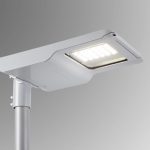LED Light Bulb Energy Cost: Calculating 24Hour Usage Expenses
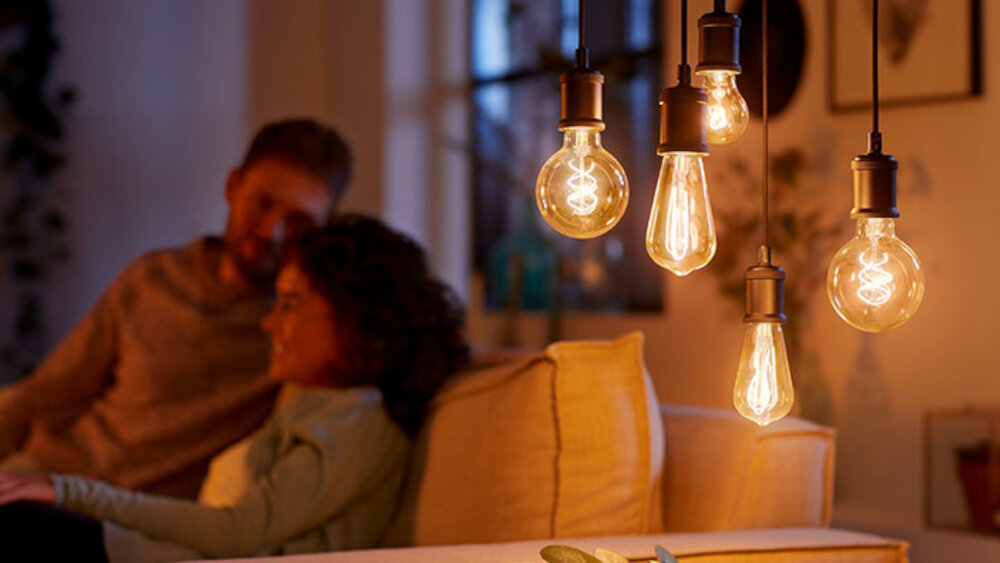
Lighting plays a crucial role in our daily lives, from lighting up our homes, offices, and even outdoor spaces, to creating a comfortable and safe environment. However, as much as lighting is essential, it also contributes significantly to our energy consumption, and subsequently, our energy bills. As such, it is essential to have an understanding of the energy cost of various lighting options, such as LED light bulbs. In this article, we will explore the energy cost of LED light bulbs, specifically, how to calculate their 24-hour usage expenses. LED light bulbs have become increasingly popular in recent years due to their energy efficiency, longevity, and environmental friendliness. Unlike traditional incandescent bulbs, LED bulbs use significantly less energy, making them a cost-effective lighting option. However, to determine their actual energy cost, you need to consider various factors such as wattage, usage time, and electricity rates. In this article, we will guide you on how to calculate the energy cost of LED light bulbs and help you make informed decisions when choosing lighting options for your home or office.
LED technology, or light emitting diodes, is a type of lighting that has gained immense popularity and widespread use in recent years. Unlike traditional incandescent bulbs, LED lights do not use a filament to produce light, but rather rely on the movement of electrons to emit light. This makes them far more energy-efficient, as they use less electricity to produce the same amount of light. In addition to their energy efficiency, LED lights also have a longer lifespan, emit less heat and are more durable than traditional bulbs. As a result of these benefits, LED technology has become a popular choice for both residential and commercial lighting, with more and more people making the switch to LED bulbs to save money and reduce their environmental impact.
Understanding energy costs is crucial for long-term savings as it can significantly impact one’s expenses. With the rising cost of electricity, it is essential to analyze the energy consumption of appliances and devices used in our daily lives. LED light bulbs are an energy-efficient alternative to traditional bulbs that consume less energy and last longer. However, it is important to calculate the energy cost of LED light bulbs to determine the long-term savings. By doing so, individuals can make informed decisions about the type of light bulbs they use and how long they use them, ultimately reducing their energy bills and carbon footprint. Therefore, it is imperative to understand energy cost calculations for long-term savings and make energy-efficient choices that benefit both the environment and our wallets.
Understanding Wattage and Lumens
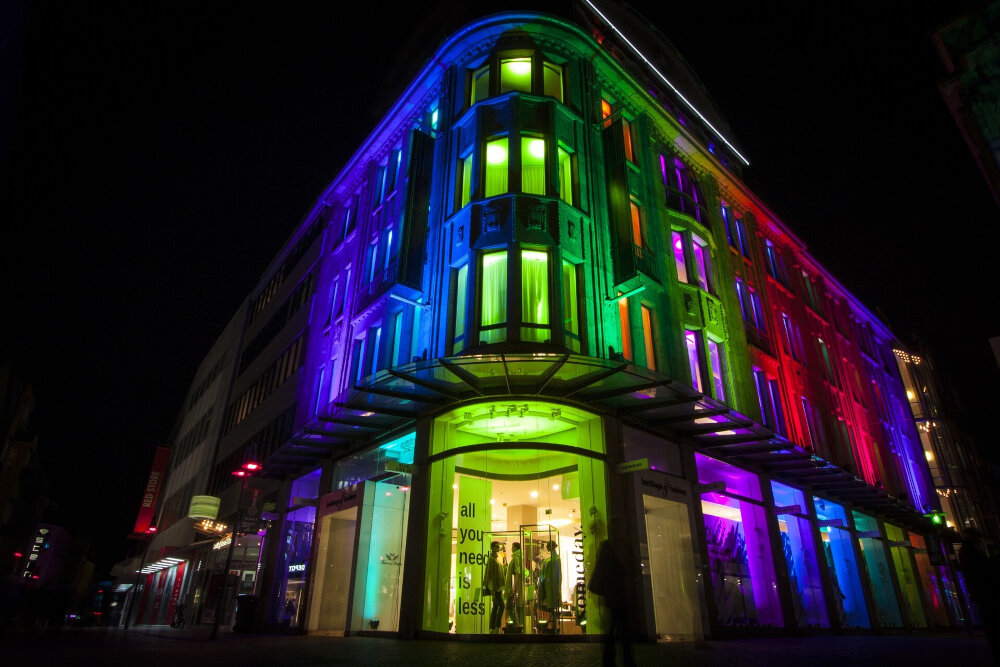
When it comes to LED light bulbs, two important measurements to understand are wattage and lumens. Wattage refers to the amount of energy the light bulb uses, while lumens measure the brightness of the light. In the past, people used to use wattage as a way to estimate how bright a light bulb would be, but with LED technology, this is no longer the case. A lower wattage LED bulb can produce the same amount of brightness as a higher wattage traditional bulb. For example, a 60-watt traditional bulb can be replaced by a 9-watt LED bulb that produces the same amount of light. This means that using LEDs can save you money on your energy bill, as they use significantly less energy to produce the same amount of light. On the other hand, lumens are a more accurate measurement of how bright a light is, regardless of its wattage. The higher the lumen rating, the brighter the light will be. When shopping for LED light bulbs, it’s important to choose the right lumen rating for the space you’re lighting. A bedroom might require a lower lumen rating than a living room or kitchen. Additionally, consider the color temperature of the bulb, which is measured in kelvins. Lower kelvin ratings (2700-3000K) produce a warm yellowish light, while higher kelvin ratings (5000-6500K) produce a cool white or daylight-colored light. Understanding wattage and lumens will help you make informed decisions when choosing LED light bulbs, ultimately saving you money and energy.
Wattage and lumens are two important terms to consider when choosing the right LED light bulb for your home or office. Wattage refers to the amount of power used by the bulb, which affects its energy consumption and cost. The higher the wattage, the more energy the bulb will consume, and the more expensive it will be to use over time. On the other hand, lumens refer to the brightness of the bulb, which is the amount of visible light emitted by the bulb. The higher the lumens, the brighter the bulb will be. It is important to find a balance between wattage and lumens when selecting an LED light bulb, to ensure that you are getting the right amount of brightness without wasting energy and money.
Choosing the right wattage and lumens for your LED light bulb is essential to ensure optimal energy efficiency and cost savings. Wattage refers to the amount of power consumed by the bulb, while lumens indicate the brightness of the light emitted. By selecting the appropriate wattage and lumens, you can not only reduce your electricity bills but also create the desired ambiance in your living space. For instance, if you need brighter light in a room, you should opt for a higher lumens bulb with lower wattage, which will consume less energy without compromising on the brightness. On the other hand, for areas where low light is sufficient, a lower lumens bulb with higher wattage will be more suitable. Therefore, choosing the right wattage and lumens for your needs is crucial to strike a balance between energy efficiency and lighting requirements.
When it comes to comparing LED light bulbs with traditional incandescent bulbs, there are several key differences to consider. First and foremost, LED bulbs are far more energy-efficient than their incandescent counterparts, which means that they can help you save money on your electric bill over time. Additionally, LED bulbs tend to have a longer lifespan than incandescent bulbs, which means that you’ll need to replace them less frequently. Finally, LED bulbs also tend to produce less heat than incandescent bulbs, which can help you save on your cooling costs during the summer months. While LED bulbs may be more expensive to purchase upfront, their long-term cost savings make them a smart investment for any homeowner looking to reduce their energy expenses.
Calculating Energy Consumption
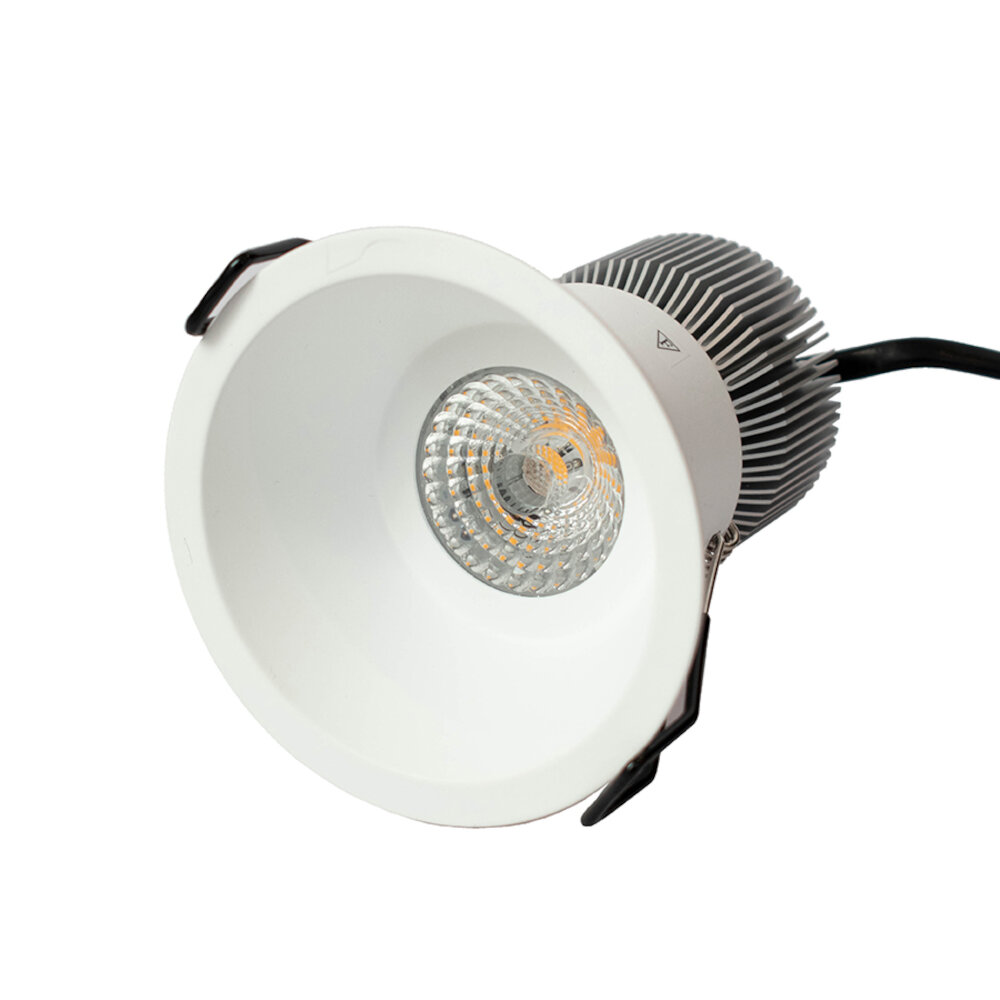
Calculating energy consumption is an important task to determine the cost of running appliances and devices in your household. LED light bulbs are one of the most energy-efficient lighting options available in the market. To calculate the energy consumption of an LED light bulb, you need to know the wattage of the bulb and the number of hours it is used per day. For example, if you have a 10-watt LED light bulb and you use it for 6 hours a day, the energy consumption would be 60 watt-hours per day. To calculate the energy cost of running an LED light bulb, you need to multiply the energy consumption by the electricity rate charged by your utility company. For instance, if your electricity rate is $0.12 per kilowatt-hour, the cost of running the 10-watt LED light bulb for 6 hours a day would be $0.0072 per day or $2.63 per year. This calculation shows that LED light bulbs consume significantly less energy and cost much less to operate compared to traditional incandescent bulbs. By calculating energy consumption and cost, you can make informed decisions when purchasing and using appliances and devices in your home, and ultimately save money on your utility bills.
A kilowatt-hour (kWh) is a unit of energy used to measure the amount of electricity consumed over time. It is defined as the energy consumed by a 1,000-watt appliance running for one hour. This unit of measurement is commonly used by utility companies to determine the amount of energy used by households and businesses. To calculate the energy cost of an LED light bulb that is in use for 24 hours, one must determine the wattage of the bulb, convert it to kilowatts, and then multiply it by the number of hours it is in use. This calculation will provide the total kilowatt-hours used, which can then be multiplied by the cost per kilowatt-hour to determine the total energy cost.
Calculating the energy consumption of LED bulbs is a simple process that can help you determine the cost of running them for 24 hours. The first step is to check the wattage of the bulb, which is usually listed on the packaging. Then, you need to calculate the number of hours you plan to use the bulb in a day. Next, you can use a basic formula to calculate the energy consumption: wattage x hours of use ÷ 1,000 = kilowatt-hours. This will give you an idea of the amount of energy the bulb consumes per day. You can then use your electricity rate to calculate the daily cost of running the bulb. By doing this, you can make an informed decision about which LED bulbs to purchase based on their energy efficiency and cost-effectiveness.
Calculating the energy cost for LED light bulbs can be a simple but important task for anyone who is budget-conscious. For instance, if you have an LED bulb with a power consumption of 10 watts and it is turned on for 24 hours a day, then the energy consumption per day would be 240 watt-hours. Assuming a cost of $0.12 per kilowatt-hour, the energy cost per day would be $0.0288. This would translate to a weekly energy cost of $0.2016 and an annual cost of $10.51. It’s important to note that these calculations can vary depending on the wattage of the LED bulb and the cost of electricity in your area. By calculating your LED light bulb’s energy cost, you can make informed decisions about your energy usage and potentially save money on your electricity bill.
Factors That Affect Energy Cost
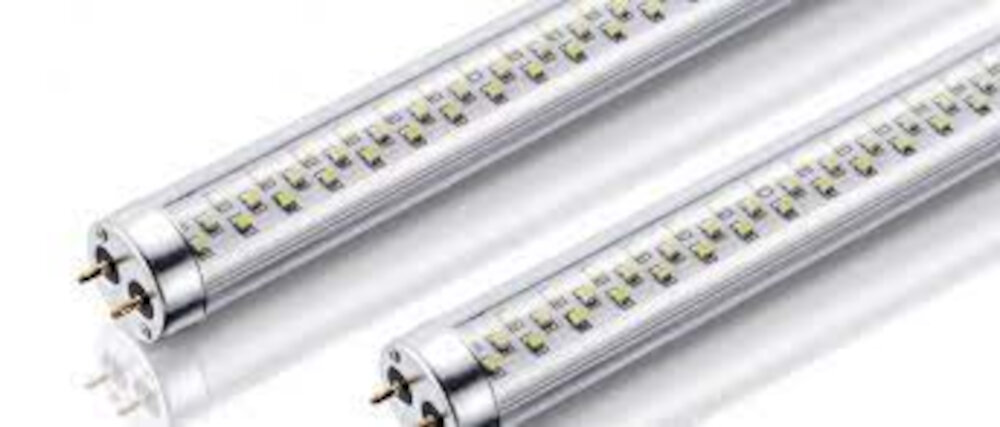
There are several factors that can significantly affect energy costs when it comes to lighting. One of the most important factors is the type of light bulb being used. Traditional incandescent bulbs are notorious for being energy hogs, consuming a lot of power and generating a significant amount of heat. LED bulbs, on the other hand, are much more efficient, using far less energy to produce the same amount of light. This means that simply switching from incandescent to LED bulbs can result in significant savings on energy costs over time. Another factor that can impact energy costs is the length of time that the lights are left on. Obviously, the longer a light is left on, the more energy it will consume. This is why it’s important to be mindful of when lights are being used and to turn them off when they’re not needed. For example, leaving lights on in an empty room is a waste of energy and money. By being more mindful of when lights are being used and turning them off when they’re not needed, it’s possible to reduce energy costs and save money on utility bills over the long term.
There are several factors that affect the energy cost of LED light bulbs, including usage hours, electricity rates, and bulb lifespan. The number of hours that the bulb is used each day directly impacts the amount of energy consumed, and therefore the cost of electricity. Additionally, electricity rates vary by location and can significantly impact the overall expense of using LED light bulbs. Finally, the lifespan of the bulb is also an important factor, as longer-lasting bulbs can result in lower replacement costs and lower overall energy expenses over time. By considering all of these factors, consumers can accurately calculate the energy cost of LED light bulbs and make informed decisions about their lighting choices.
Reducing energy costs is not only environmentally friendly, but it can also save you money on your monthly utility bills. One way to lower your energy bills is by turning off unused light bulbs in your home. This may seem like a small gesture, but it can make a big difference in the long run. Another way to save energy is by choosing energy-efficient bulbs, such as LED light bulbs, which use up to 80% less energy than traditional incandescent bulbs. Not only do they last longer, but they also emit less heat, making them a safer and more cost-effective option. By implementing these simple tips, you can reduce your energy consumption, save money, and contribute to a more sustainable future.
Comparison with Traditional Incandescent Bulbs

When it comes to comparing LED light bulbs with traditional incandescent bulbs, there are several factors to consider. One of the most significant differences is energy efficiency. LED bulbs use significantly less energy than incandescent bulbs, which means that they can save you money on your energy bills over time. This is because LED bulbs convert the majority of the energy they use into light, rather than heat, which is the case with incandescent bulbs. As a result, LED bulbs are up to 80% more efficient than traditional bulbs, making them a more cost-effective option in the long run. Another significant difference between LED and incandescent bulbs is their lifespan. LED bulbs typically last for up to 25,000 hours, which is around 25 times longer than traditional bulbs. This means that you will need to replace them less frequently, which can save you money on replacement costs over time. Additionally, LED bulbs are more durable than incandescent bulbs and are less likely to break or shatter. This makes them a safer option, particularly in homes with children or pets. Overall, while LED bulbs may be more expensive to purchase initially, their energy efficiency and long lifespan make them a more cost-effective and environmentally friendly option in the long term.
When it comes to energy consumption and cost, LED bulbs are a clear winner over incandescent bulbs. LED bulbs use significantly less energy than incandescent bulbs to produce the same amount of light, making them more energy-efficient. This translates into lower electricity bills and reduces the environmental impact of energy consumption. Additionally, LED bulbs have a longer lifespan, which means they need to be replaced less frequently, leading to further cost savings in the long run. While incandescent bulbs may be cheaper initially, the ongoing cost of energy consumption and replacement makes LED bulbs a more cost-effective and environmentally friendly choice.
Switching to LED bulbs provides long-term savings and environmental benefits. LED bulbs use significantly less energy than traditional incandescent bulbs, which can ultimately lower your energy bills. Not only that, but LED bulbs also have a longer lifespan, which means you won’t have to replace them as often, saving you money in the long run. Additionally, LED bulbs are more environmentally friendly as they produce less greenhouse gas emissions due to their lower energy consumption. By making the switch to LED bulbs, you can help reduce your carbon footprint and contribute to a more sustainable future.
The article titled \LED Light Bulb Energy Cost Calculating 24-Hour Usage Expenses\ highlights the benefits of using LED light bulbs, which are highly energy-efficient compared to traditional incandescent bulbs. The author emphasizes that the cost savings of using LED bulbs can be significant over time, and provides a formula for calculating the energy cost of using an LED bulb for 24 hours. The article also discusses the different types of LED bulbs and their wattage, as well as the importance of considering the initial cost of LED bulbs when making a purchasing decision. Ultimately, the article encourages readers to take advantage of the energy savings offered by LED bulbs and make the switch to a more sustainable, cost-effective lighting solution.
When selecting light bulbs, it is essential to consider the energy cost to make an informed decision. LED light bulbs are energy-efficient and cost-effective, making them the best choice for homeowners. With the increasing awareness of environmental conservation and the rising cost of electricity, LED bulbs are a smart choice. LED lights consume less energy than traditional incandescent bulbs, resulting in a lower electricity bill. They also have a longer lifespan, reducing the need for frequent replacements. By making the switch to LED bulbs, homeowners can save money on energy bills while reducing their carbon footprint.
LED bulbs are an excellent choice for those looking to save money in the long term, as well as reduce their environmental impact. Compared to traditional incandescent bulbs, LED bulbs use significantly less energy, resulting in lower electricity bills. Additionally, LED bulbs have a much longer lifespan, reducing the need for frequent replacements and further saving money. From an environmental perspective, LED bulbs also have a smaller carbon footprint due to their reduced energy consumption and longer lifespan, making them a more sustainable option. By switching to LED bulbs, individuals can not only save money on their energy bills but also contribute to a more sustainable future.
Conclusion
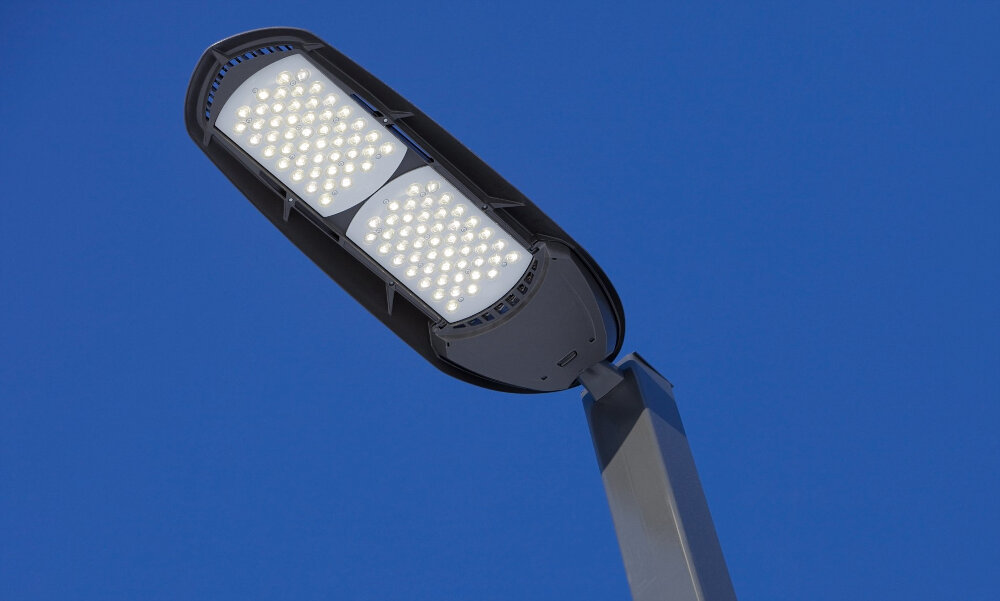
In conclusion, calculating the energy cost of using LED light bulbs for 24 hours has become increasingly important in today’s world. With the rise in energy prices and the need to conserve energy, it is essential to understand the expenses involved in using LED light bulbs. By using simple calculations, it is possible to determine the cost of energy usage for a 24-hour period. With LED light bulbs being more energy-efficient and longer-lasting than traditional incandescent bulbs, they can help reduce energy costs in the long run. Therefore, it is wise to switch to LED bulbs and make a conscious effort to conserve energy, preserve the environment and save money. Overall, understanding the cost of energy usage for LED light bulbs is an essential step towards a brighter and more sustainable future.


